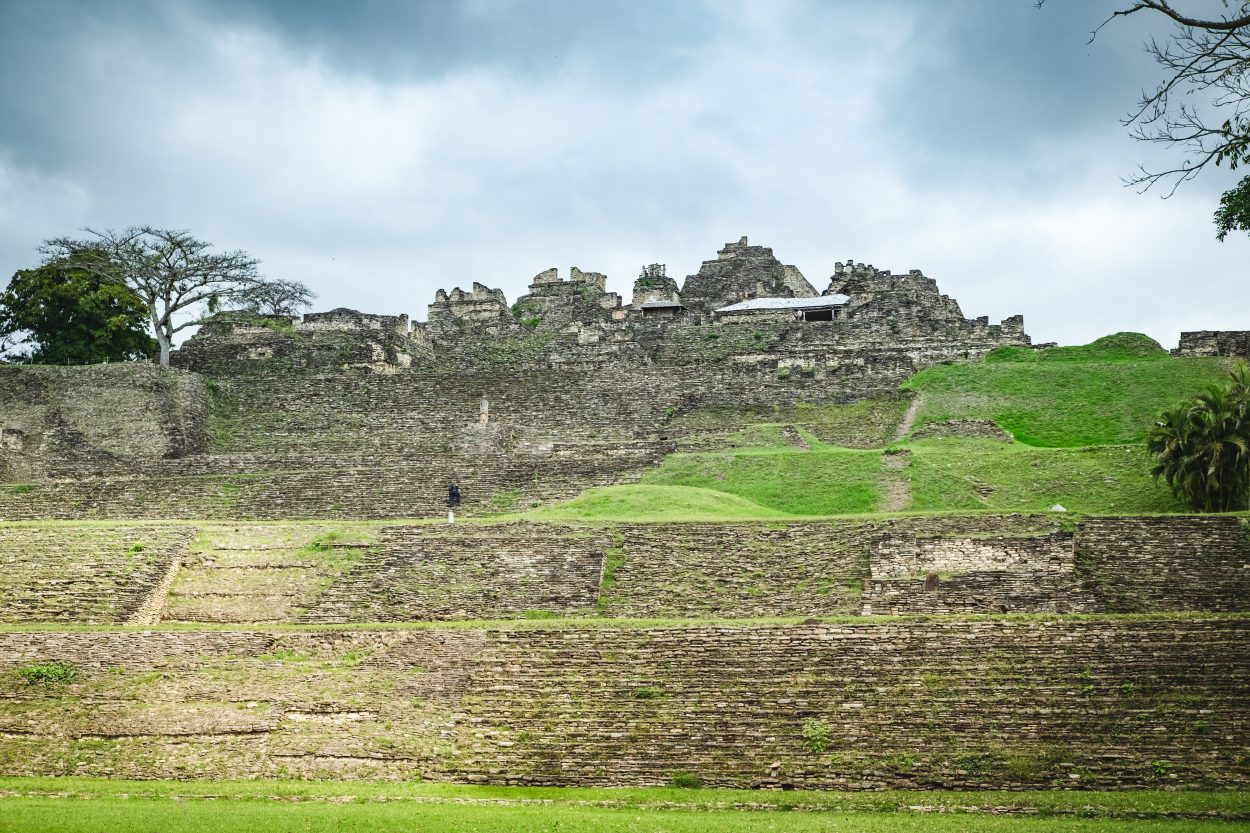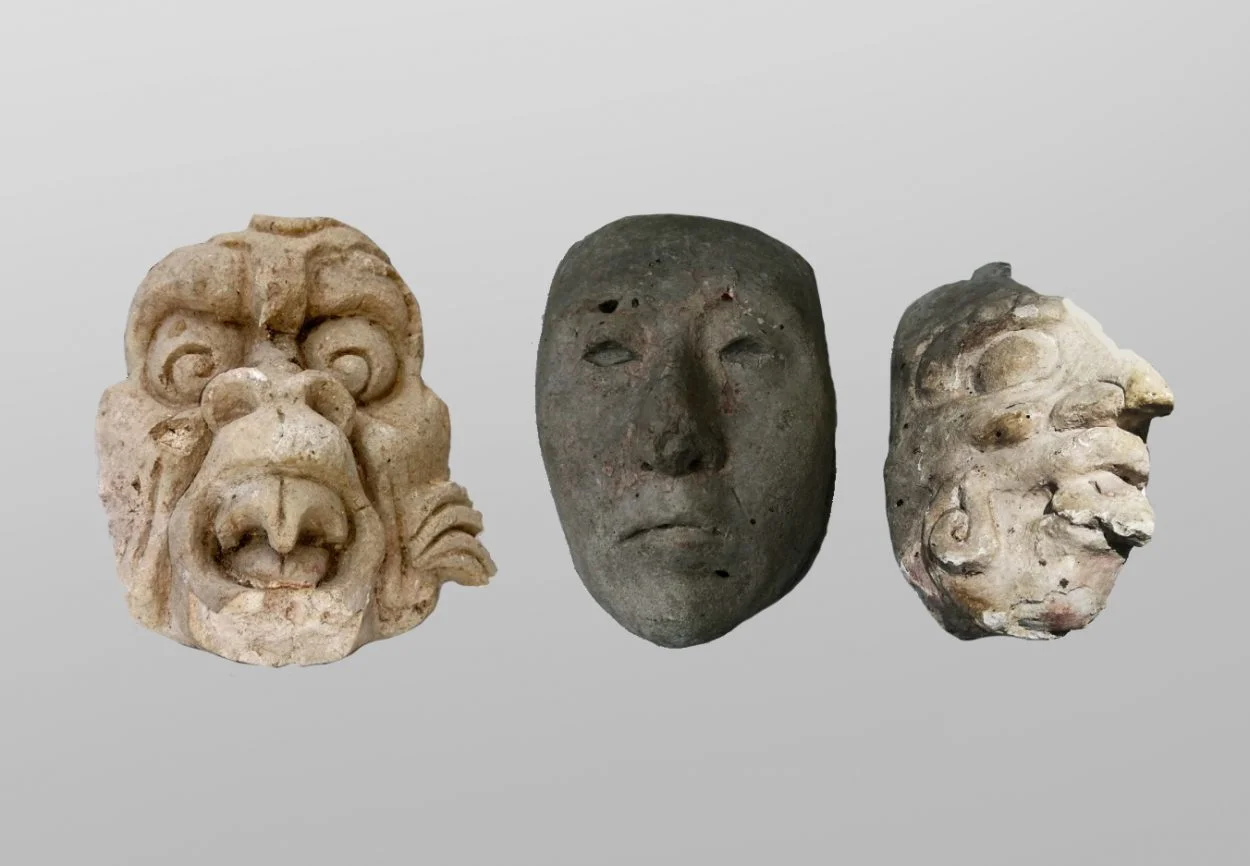Archaeologists from the National Institute of Anthropology and History (INAH) have revealed a collection of stucco Maya masks from the pre-Columbian city of Toniná.
Toniná, meaning “house of stone” in the Tzeltal language, was originally called Po or Popo in Classic Maya texts.
The city is located at an altitude of 800 to 900 metres above mean sea level in the Chiapas highlands of southern Mexico, only 40 miles from the rival Maya city of Palenque. The two cities were often engaged in sporadic conflict, with Toniná emerging as the dominant polity in the western Maya lands.
Toniná was first inhabited during the Early Classic Period, with most of the major construction taking place between the 6th and 9th centuries AD. The city consists of temple-pyramids set on a series of terraces above a central platform, several ball courts, palaces, and over 100 carved monuments.

During the time of the Classic Maya collapse, Toniná was one of the last Maya polities to remain occupied past the Terminal Classic range, with evidence of an unnamed ruler being associated to a monument that dates from AD 904.
Excavations at Toniná in 2013, uncovered a large collection of Stucco Maya masks and various representations in stucco and sculptures, buried in a structure southeast of the Sunken Plaza of the Palacio de los Caracoles.
The artefacts were preserved and placed in storage at Toniná, with the discovery only now being announced after a period of ongoing study. Researchers from INAH have dated the masks to around AD 650 to 700 and suggest that they represent the themes of the underworld, the earth, and the sky.

A similar mask was discovered more recently in 2018 at the Temple of the Sun, located due south of the main plaza. This mask is a representation of the lord of the underworld, with such depictions often being shown without a lower jaw to indicate that they are dead.
Archaeologist, Yadeun Angulo, hopes to hold temporary exhibitions to show the public the collection of masks, along with collections of full-body sculptures of ruling gods and representations of scenes from the Popol Vuh myth.
Header Image Credit : INAH






